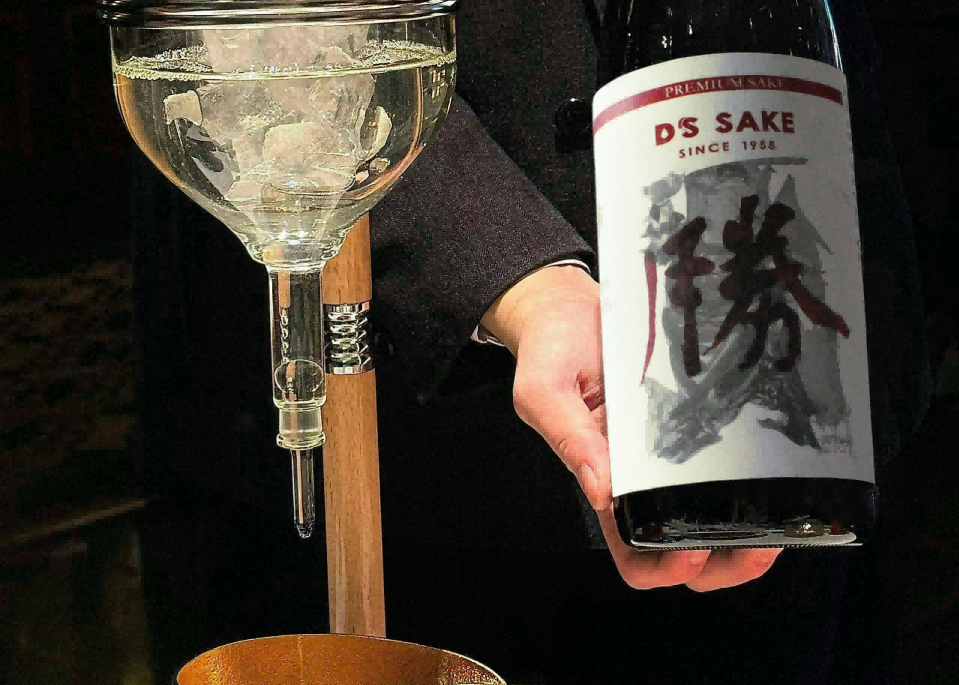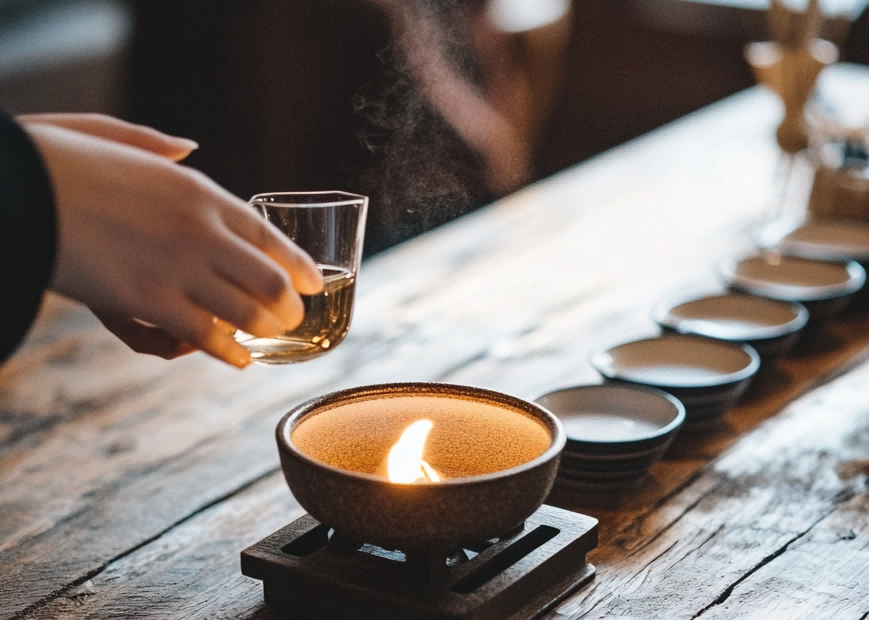Sake Temperature

SAKE & TEMPERATURE

Chilled sake
Often served between 5°C to 10°C (41°F to 50°F), is typically preferred for delicate, aromatic types such as Ginjo and Daiginjo sake. At this cooler temperature, the crispness and fruity notes of these premium sake varieties are more pronounced, offering a refreshing experience. This temperature is especially ideal for warm-weather occasions, highlighting the sake’s refreshing qualities and enhancing the subtle flavors.

Room temperature sake
Room temperature sake (about 15°C to 20°C or 59°F to 68°F) is often preferred for more robust sake varieties like Junmai. At this temperature, the sake’s body and umami flavors are fully expressed, offering a balanced taste experience without any harshness or loss of complexity. Room temperature is also the most versatile serving option for everyday sake, as it allows for a full range of flavors without being too cold or too hot.

Warmed sake
Warmed sake, served at around 40°C to 55°C (104°F to 131°F), is typically enjoyed with heartier dishes and during colder seasons. Warming sake can enhance its richness and roundness, making it a comforting choice, especially for more rustic or earthy sake varieties like Honjozo. However, warming too much can result in the loss of fragrance and subtle flavors, so it’s important to find the right temperature to preserve the sake’s quality. Warm sake pairs particularly well with stews, grilled foods, or rich, flavorful dishes, creating a soothing and harmonious meal experience.
